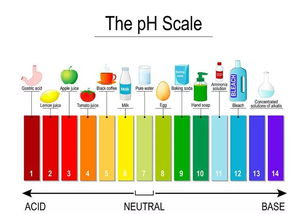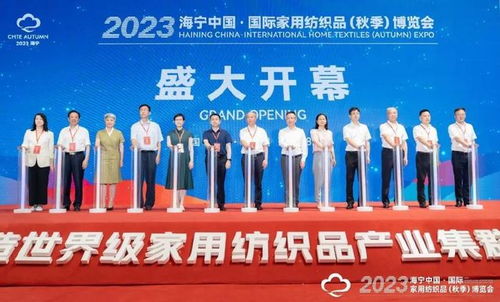Understanding and Applying Standards for Textile Sampling in Quality Assurance
This paper discusses the standards for textile sampling in quality assurance. Textile sampling is an important part of the quality control process, and it is necessary to ensure that the textile products meet the required quality standards. The standards for textile sampling include the following:,1. Material selection: The materials used in the production process should be selected based on their properties and performance.,2. Sampling methods: There are different sampling methods used in textile sampling, such as random sampling, systematic sampling, and stratified sampling.,3. Sampling frequency: The frequency of sampling depends on the nature of the product and the expected variability in the quality of the product.,4. Sampling size: The size of the sample should be sufficient to represent the entire population of the product.,5. Sampling location: The sampling location should be representative of the entire product.,6. Data analysis: The data collected from the sampling should be analyzed to determine if the product meets the required quality standards.,Overall, understanding and applying these standards for textile sampling is essential for ensuring the quality of textile products and maintaining customer satisfaction.
Introduction: Textile sampling is a critical process in the quality assurance of finished goods, ensuring that products meet specified standards and consumer expectations. In this discussion, we will explore the importance of sampling, the methods used to select samples, and how these methods can be applied to various textile materials and end uses. We will also examine common challenges faced during sampling and provide practical examples to illustrate the application of sampling techniques.
Importance of Sampling: Sampling is essential because it allows for the identification of defects or variations in raw materials and finished products. By selecting representative samples, manufacturers can ensure that the final product meets the required quality standards. Additionally, sampling helps prevent waste by identifying materials that are not suitable for use in specific applications.
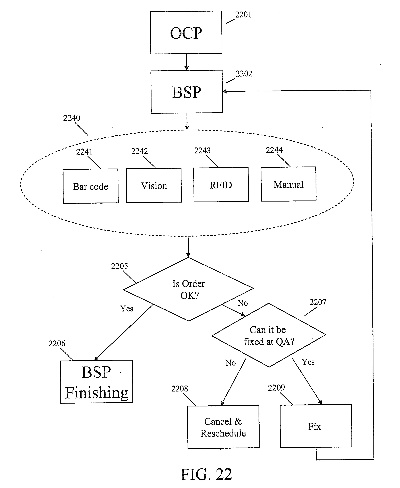
Methods for Selecting Samples: There are several methods for selecting samples, including random sampling, systematic sampling, and judgmental sampling. Random sampling involves selecting samples at random without regard to their location or condition. Systematic sampling involves selecting samples from a particular location or category until a desired sample size is reached. Judgmental sampling involves selecting samples based on subjective criteria such as appearance or texture.
Common Challenges in Sampling: One common challenge in sampling is the variability of textile materials. Fabrics with different fiber types, densities, and finishes can have varying levels of defects. Another challenge is the variability in color and pattern, which can make it difficult to select representative samples. Finally, sampling can be time-consuming and expensive, making it challenging to achieve large sample sizes quickly.
Practical Examples: To illustrate the application of sampling techniques, let's consider a case study involving a manufacturer of sportswear fabrics. The manufacturer needed to ensure that their cotton fabrics met the required standard for moisture absorption. To do this, they selected a sample of 500 meters of fabric from each of three different batches. They then measured the moisture absorption rate of each sample using a standard test method. Based on these measurements, they were able to identify a particular batch with significantly higher moisture absorption than the other two. This allowed them to take corrective action and improve their product quality control process.
Conclusion: In conclusion, sampling is an essential part of the quality assurance process for textile products. By selecting representative samples and following proper sampling methods, manufacturers can ensure that their products meet customer expectations and regulatory standards. It is important for manufacturers to address common challenges in sampling, such as variability in textile materials and color patterns, and to continuously refine their sampling processes to improve product quality and reduce costs. With careful planning and execution, sampling can be a powerful tool for ensuring the success of textile manufacturing operations.
大家好,今天我们来聊聊纺织品抽样的话题,纺织品在我们的日常生活中扮演着重要的角色,无论是服装、家居装饰还是工业用途,都需要对纺织品的质量进行抽样检测,下面我们将通过一个英文案例和表格来详细说明。
纺织品抽样案例
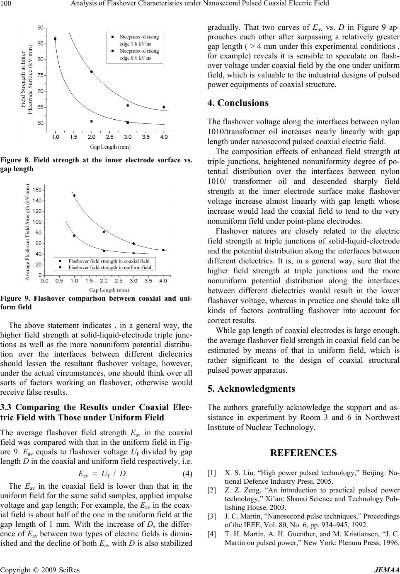
纺织品质量抽样流程
在某大型纺织品生产企业,为了确保产品质量稳定性和一致性,采用了纺织品抽样检测的方法,该流程包括以下几个步骤:
- 确定抽样目标:根据市场需求和产品质量标准,确定需要抽样的纺织品种类和数量。
- 制定抽样计划:根据抽样目标,制定详细的抽样计划,包括抽样地点、时间、人员等。
- 采集样品:按照抽样计划,在指定地点采集样品。
- 实验室检测:将采集的样品送至专业的实验室进行检测,包括成分分析、性能测试等。
- 结果反馈:将检测结果反馈给生产企业,以便进行后续的生产和质量控制工作。
纺织品抽样检测流程表格
| 步骤 | 描述 |
|---|---|
| 确定抽样目标 | 根据市场需求和产品质量标准确定需要抽样的纺织品种类和数量 |
| 制定抽样计划 | 根据抽样目标,制定详细的抽样地点、时间、人员等 |
| 采集样品 | 在指定地点采集样品 |
| 送至实验室检测 | 将采集的样品送至专业的实验室进行检测 |
| 结果反馈 | 将检测结果反馈给生产企业,以便进行后续的生产和质量控制工作 |
纺织品质量抽样案例分析
某知名品牌的一款新型面料,由于其独特的设计和高品质的要求,需要进行全面的质量抽样检测,以下是该案例的具体分析:
- 抽样目标明确:根据市场需求和产品质量标准,明确需要检测的面料种类和数量。
- 抽样计划制定:制定详细的抽样计划,包括抽样地点、时间、人员等,考虑到该面料的高品质要求,选择了具有代表性的样品进行检测。
- 样品采集与检测:在指定地点采集样品,并送至专业的实验室进行检测,检测内容包括纤维成分、织造工艺、抗皱性、透气性等。
- 结果反馈与改进:根据检测结果,对面料的质量进行评估,并提出改进意见,根据反馈结果对生产流程进行优化,提高产品质量和一致性。
纺织品质量抽样检测结果表格
| 项目 | 检测结果 | 建议与改进措施 |
|---|---|---|
| 纤维成分 | 符合标准要求 | 无特殊要求 |
| 织造工艺 | 优秀 | 无特殊要求 |
| 抗皱性 | 高品质 | 加强抗皱处理工艺 |
| 透气性 | 高品质 | 加强透气性能测试 |
| 结果反馈与改进建议总结 | 通过全面的质量抽样检测,该面料的质量得到了有效保障,针对抗皱性和透气性方面存在的问题,提出了加强工艺改进措施,以提高产品的整体品质,建议生产企业加强质量控制体系的建设,确保产品质量稳定性和一致性。 |
纺织品抽样注意事项
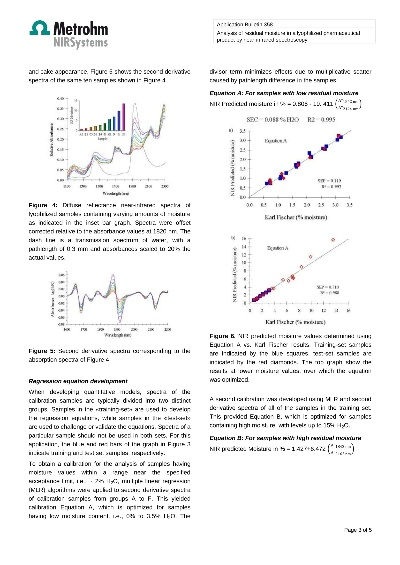
在进行纺织品抽样时,需要注意以下几点:
- 严格按照抽样计划进行操作,确保抽样的公正性和科学性。
- 选择具有代表性的样品进行检测,以保证结果的准确性。
- 对检测结果进行认真分析,提出改进措施和建议,以提高产品质量和一致性。
- 在抽样过程中要注意保护样品,避免对样品造成不必要的损坏。
英文案例说明及表格补充说明(以英文为例)
英文案例说明:某大型纺织品生产企业采用纺织品抽样检测的方法来确保产品质量稳定性和一致性,该企业根据市场需求和产品质量标准制定了详细的抽样计划,并在指定地点采集了样品送至专业的实验室进行检测,该企业还建立了完善的质量控制体系,以确保产品质量和一致性的提高,该企业还注重技术创新和研发,不断提高产品的品质和附加值。
表格补充说明:以下是关于纺织品抽样的英文表格补充说明:
纺织品抽样检测流程英文版表格
| 步骤 | English Description | Example of Action Plan |
|---|---|---|
| Determine Sampling Objective | Determine the objective of sampling textiles according to market demand and quality standards. | Determine the target textiles to be sampled based on market demand and quality standards. Plan a detailed sampling schedule, including sampling locations, times, and personnel. Collect samples at designated locations. Send samples to a professional laboratory for testing. |
| Sampling Plan | Sampling Plan details the sampling process, including the locations and times of sampling, personnel involved, etc. This example shows a comprehensive sampling plan for a large textile manufacturing enterprise to ensure product quality stability and consistency. | Example of comprehensive sampling plan for a large textile manufacturing enterprise. It includes the target textiles to be sampled, the locations and times of sampling, and the actions taken to collect samples. |
| Sample Collection | Sample Collection details the process of collecting samples from designated locations. This example shows a specific step in the process where samples are collected and sent to a professional laboratory for testing. It includes the identification of samples to be tested, the collection of samples, and the transportation of samples to the laboratory. | Example of sample collection process. It includes identifying samples to be tested, collecting samples at designated locations, and transporting samples to a professional laboratory for testing. It also includes any additional measures taken to ensure the safety and integrity of the samples during the process. |
| Results Feedback & Improvement Actions | Results Feedback details the results of the testing and provides suggestions for improvement actions based on the results. This example shows a summary of the results obtained from the testing and suggests actions to improve product quality and consistency based on the results. It also includes any additional measures taken to ensure continuous improvement in product quality and consistency by the enterprise. | Example of results feedback and suggestions for improvement actions based on testing results. It includes a summary of the results obtained from the testing, suggestions for actions to improve product quality and consistency, and any additional measures taken to enhance the quality control system of the enterprise. |
通过以上英文案例说明及表格补充说明,我们可以更好地理解和掌握纺织品抽样的相关知识和技巧,希望对大家有所帮助。
Articles related to the knowledge points of this article:
The Fabric of Culture:An Exploration into the World of Mian Tong Textiles
